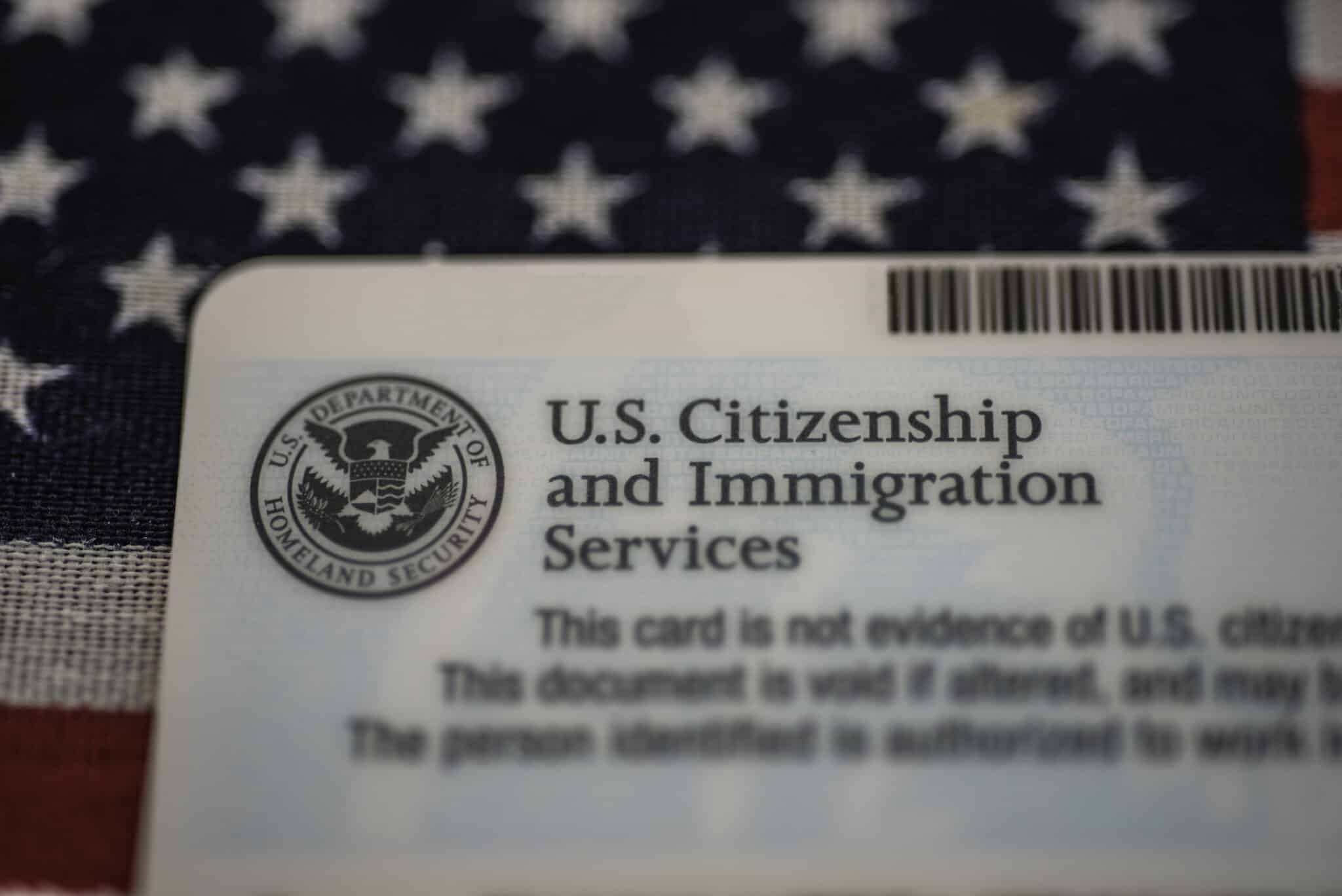DHS Termination of Automatic Extension for Employment Authorization Documents

By, Mary Pivec, Of Counsel and Jason Levy, Counsel
Overview of the Interim Final Rule
On October 29, 2025, the Department of Homeland Security (DHS) issued an interim final rule (IFR), effective October 30, 2025, that eliminates the automatic extension of employment authorization documents (EADs) for most previously eligible renewal applicants. This policy change does not affect categories that are specifically exempted from the new requirements. The main objective of this rule is to allow DHS to conduct more frequent and comprehensive background checks on individuals seeking employment authorization within the United States. Importantly, EAD holders who submitted a renewal application and receive a Notice of Action dated before October 30, 2025, are still eligible for the full 540-day extension.
Current USCIS EAD Backlogs
United States Citizenship and Immigration Services (USCIS) reports a considerable backlog in the adjudication of EAD applications as of September 2025. More than 1.6 million cases are pending, with approximately 911,000 cases unresolved for at least six months. Processing times vary based on eligibility category. For example, 80 percent of EAD extension requests for Salvadoran Temporary Protected Status (TPS) registrants are completed within seven months, whereas 80 percent of EAD applications for other categories are taking around 10.5 months. For individuals applying for EADs based on a pending I-485 adjustment of status applications, the average processing time is roughly seven months, though actual experiences may differ from these averages.
Economic Impact of the No Notice EAD Rule Change
The implementation of this regulatory change occurred without prior notice to employees or employers, resulting in significant economic uncertainty. EAD holders and their families may face substantial hardship if individuals are unable to present valid, unexpired EADs as their current documents expire in the months following the rule’s enactment. Given that extension applications cannot be submitted more than six months prior to expiration and options for expediting the process are limited, many individuals have few alternatives to prevent interruptions in employment.
EAD holders with expired authorization cannot get new government-issued ID cards or secure driver’s licenses until their EAD is renewed, which may restrict work, travel, and facility access. Background checks are required for extension requests, and those deemed security risks are likely to be denied a new EAD.
For employers, the interim final rule introduces significant challenges, especially for those whose EAD-holding staff did not file for extensions before October 30, 2025. Employers who relied on the 540-day automatic extension may find that some employees are at risk of losing work authorization as their current EADs expire. Even when extension applications are filed in a timely manner, there may still be gaps in work authorization during the upcoming six-month period. DHS has indicated that processing times may improve in the future as fewer TPS and humanitarian parole holders request EAD extensions; however, the agency admits that it is difficult to predict the immediate impact of this policy change on employers, individuals, and the broader economy at the state and local levels.
Guidance for Employers
Employers are advised to proactively review the EAD expiration dates of their workforce to identify staff who may be affected over the next six months. It is recommended that employers promptly inform impacted employees about the interim final rule and encourage them to submit EAD extension applications as early as regulations allow —ideally 180 days before their current EAD expires, which generally is the earliest date possible—to minimize the risk of employment disruption.
*Disclaimer: This information is presented for the purposes of general education and does not constitute legal advice.

